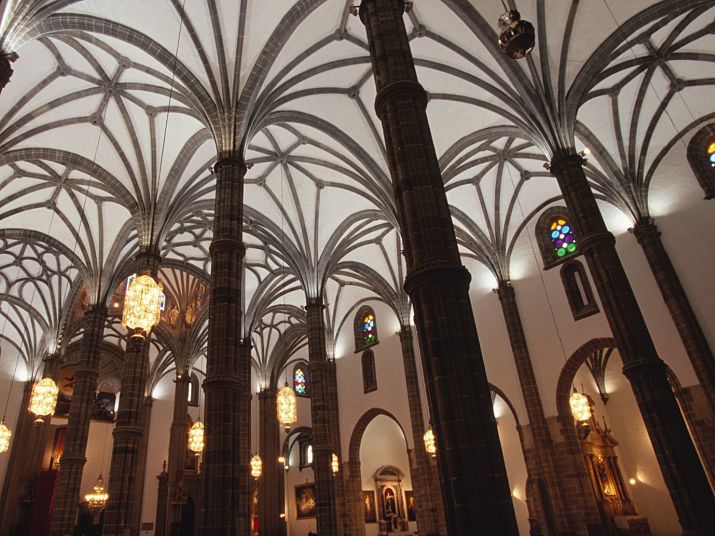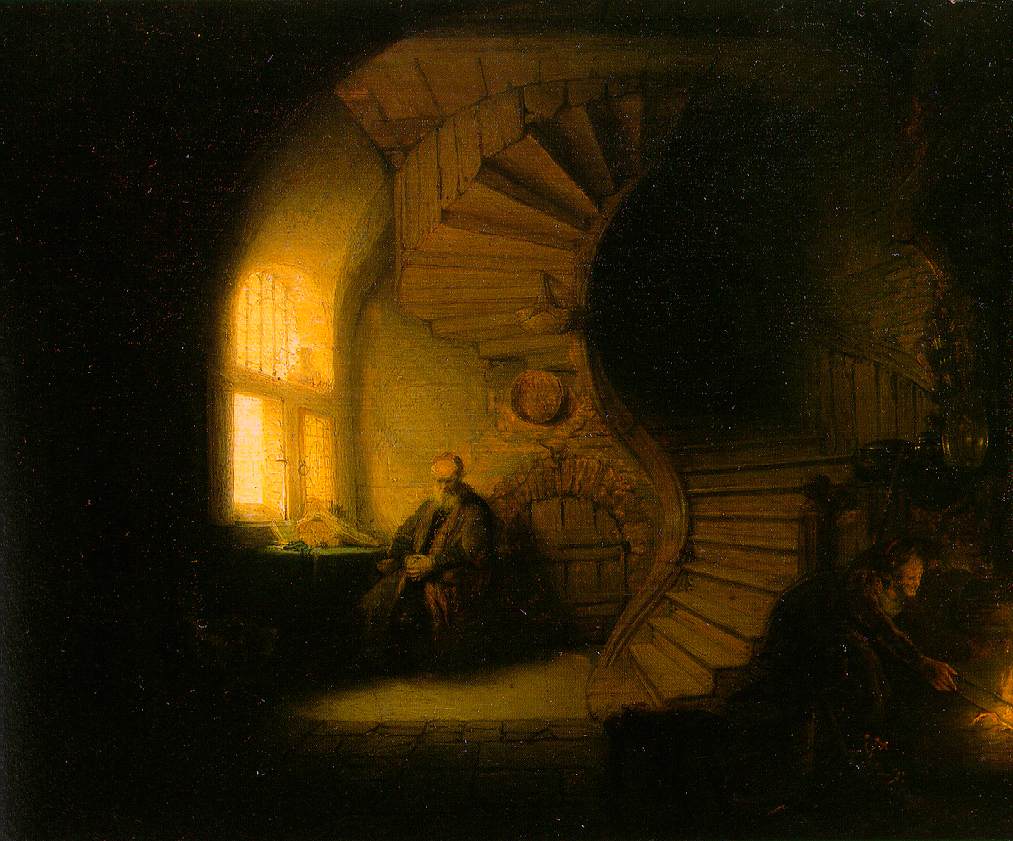Where do the people look at? – The Importance of Hierarchy in Architectural Lighting Design

Think about entering into a space that you are not familiar with. You look at a certain point, first. Then you get to know the surrounding in a visual manner. Understanding of space is a time consuming experience for a person. Moreover, it doesn’t always work in a way that the architect had designed. It is possible to design the space accordingly, though. At that point, consultancy of an architectural lighting designer makes a lot of difference. Planning the light in a way of the desired usage of the space by creating visual hierarchy is a key point of designing a space, even though it is mostly underrated. Visual hierarchy happens after offering different lighting solutions for different focal points of the space .

Let’s handle hierarchy in a concrete way. The user looks at the brightest point first, for the working principle of the human eye. Because of that circulation areas, entrances, signboards of an office or a retail space are brighter than the other points of the space.
Lighting scenario of a conference hall is different when the speaker interacts with the audience or only showing a presentation.
In religious philosophies, light has many sacred meanings. For this reason, religious buildings are generally designed to obtain a dramatic effect of natural light inside. The opening on the dome of Pantheon, stained glasses of cathedrals, rose windows or Mihrimah Sultan Mosque of Architect Sinan are all designed for using sacral light. Behind this approach, the importance of hierarchy and contrast of light lies.
When illuminating a building, washing the building with light in a monotonous way would absorb the visibility of the architectural details. However creating a hierarchy between the architectural elements and illuminating those elements accordingly would bring you to a successful solution.

The spatial hierarchy obtained by light can be seen in the very famous painting of Rembrandt, The Philosopher in Mediation”. At the first sight, the viewer sees the window and the sunlight filling the space. Then, the sunlight hits to the philosopher’s face. As you examine the painting, you see an other light source, a fireplace, in the corner of the painting. Then, you see a woman, working by the fire. This painting is a popular example for showing the importance of hierarchy of light.
In terms of architectural lighting design, it’s very important for the designer to understand the space and create a hierarchical composition which will lead the designer to work according to the concept of the space and benefits of the user. As a cliche, lighting is always left for the last step in construction processes. In the final, the budget also decreases. This also leads people to give less importance to lighting. However, as the architects and the end-user gets conscious of the importance of light and lighting, they’ll know that light plays way bigger role alongside illuminating the space. Quality of the space increases as the architect and interior designer works well with the element of light and a lighting designer, if possible.
